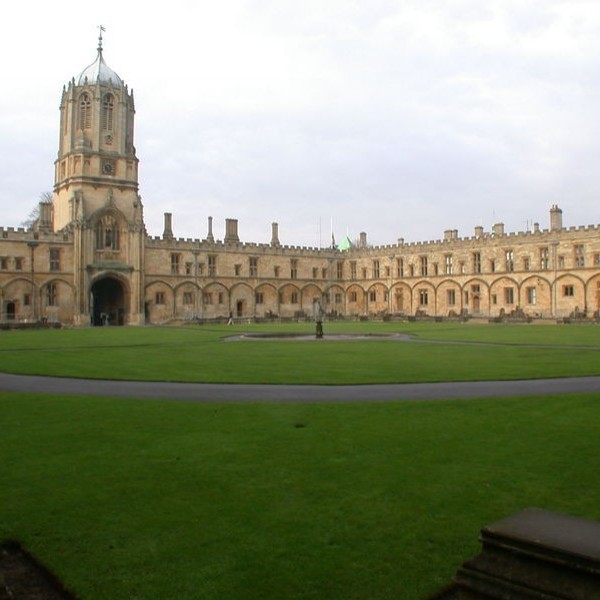
Oxford is a city, and the county town of Oxfordshire, in South East England. The city, made prominent by its medieval university, has a population of just under 165,000, with 153,900 living within the district boundary. The rivers Cherwell and Thames run through Oxford and meet south of the city centre. For a distance of some 10 miles (16 km) along the river, in the vicinity of Oxford, the Thames is known as the Isis.
Buildings in Oxford demonstrate an example of every English architectural period since the arrival of the Saxons, including the iconic, mid-18th century Radcliffe Camera. Oxford is known as the “city of dreaming spires”, a term coined by poet Matthew Arnold in reference to the harmonious architecture of Oxford’s university buildings. The University of Oxford is the oldest university in the English-speaking world.
Bath is a city in the ceremonial county of Somerset in the south west of England. It is situated 97 miles (156 km) west of London and 13 miles (21 km) south-east of Bristol. The population of the city is 83,992. It was granted city status by Royal Charter by Queen Elizabeth I in 1590, and was made a county borough in 1889 which gave it administrative independence from its county, Somerset. The city became part of Avon when that county was created in 1974. Since 1996, when Avon was abolished, Bath has been the principal centre of the unitary authority of Bath and North East Somerset (B&NES).
The city was first established as a spa with the Latin name, Aquae Sulis (“the waters of Sulis”) by the Romans in AD 43, although verbal tradition suggests that Bath was known before then. They built baths and a temple on the surrounding hills of Bath in the valley of the River Avon around hot springs Edgar was crowned king of England at Bath Abbey in 973. Much later, it became popular as a spa town during the Georgian era, which led to a major expansion that left a heritage of exemplary Georgian architecture crafted from Bath Stone.
The City of Bath was inscribed as a World Heritage Site in 1987. The city has a variety of theatres, museums, and other cultural and sporting venues, which have helped to make it a major centre for tourism, with over one million staying visitors and 3.8 million day visitors to the city each year. The city has two universities and several schools and colleges. There is a large service sector, and growing information and communication technologies and creative industries, providing employment for the population of Bath and the surrounding area.
